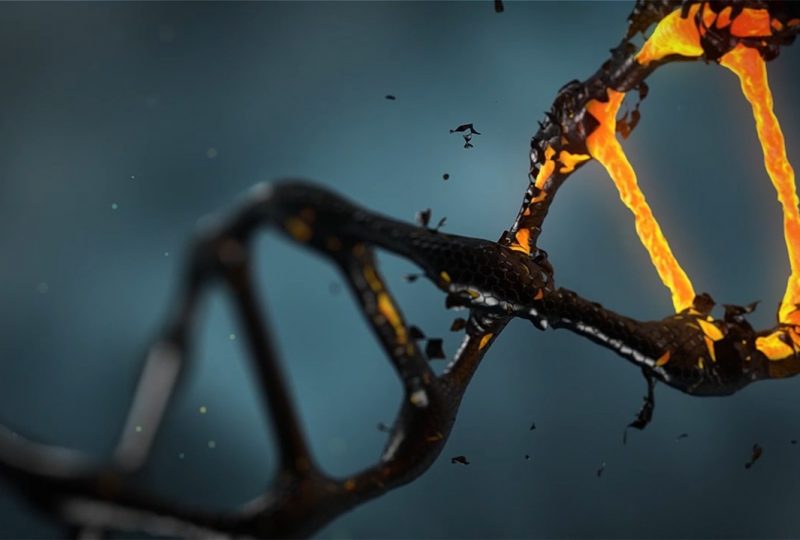The “junk DNA” may not be so useless
5 September 2019 | Written by La redazione
A new interpretation for that part of the human genetic code called Junk DNA that apparently has no function

Humans, animals, plants, bacteria, all have a fundamental characteristic in common: DNA, the genetic code that is the basis of the life of higher organisms (eukaryotes). DNA is composed of different parts each with different functions and roles. Some of these parts, however, seem to perform no task: it is the so-called Junk DNA, junk DNA, or, to be more delicate, the silent part of DNA that in humans represents about 30% of our genetic code).
A research, led by a team which also includes a professor at the Sapienza University of Rome, offered a new point of view on the role of heterochromatin, the “container” of junk DNA, opening up interesting perspectives also for the medical field.
Heterochromatin. DNA is packaged in the form of chromatin, a complex of DNA and proteins that contain genetic information and helps regulate its expression. Chromatin can be found in two states: euchromatin, less condensed and associated with intense gene transcription activity and constitutive heterochromatin. This is considered to be devoid of functional genes and transcription activity, the Junk DNA of which we spoke. Today, a new point of view on constitutive heterochromatin is presented and discussed by a group of researchers, including Patrizio Dimitri from the Department of Biology and Biotechnologies Charles Darwin of Sapienza, in a review made in Italy published in the journal Trends in Genetics.
A new point of view. The authors took stock of the situation, highlighting aspects that the international scientific community tends to overlook. Overall, it emerges that in the organism that is used as a model in scientific studies, namely Drosophila melanogaster, the common fruit fly, constitutive heterochromatin contains a surprising and heterogeneous variety of functional gene sequences, some of great physical dimensions, essential for organism development and cell differentiation. The presence of functional genes in heterochromatin has also been demonstrated in other organisms, including the human species.
“Our review – explained Patrizio Dimitri of the Department of Biology and Biotechnology Charles Darwin of Sapienza – aims to spread a new” portrait “functional of constitutive heterochromatin”, a portrait that could help to deepen the link between errors of this part of DNA and the emergence of cancers.





